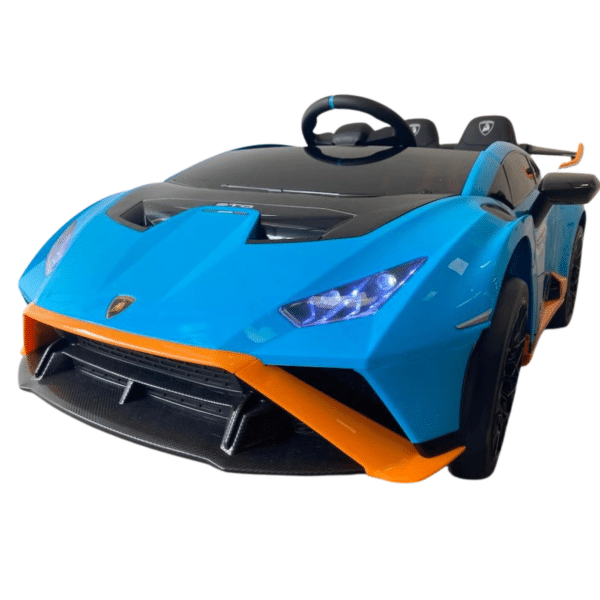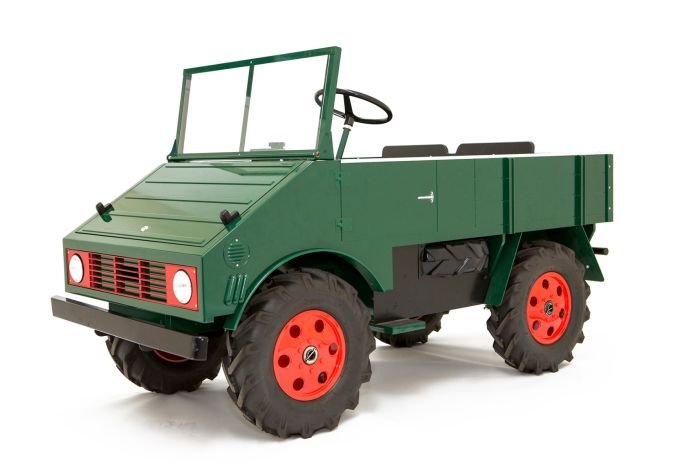Free Facts To Choosing Kids Ride On Cars
Free Facts To Choosing Kids Ride On Cars
Blog Article
What Are The Things To Look For When You Purchase An Ride-On Car For Children?
If you're thinking about ride-on cars for children, it is essential to consider their age, size, and developmental stage to ensure that the vehicle is safe, appropriate and enjoyable for children. What factors should be considered when evaluating these elements - age
Choose cars that are specifically designed for toddlers ranging from 1-3. These cars typically feature the stability of a low-to-the ground design, easy-to-use controls, and basic features like steering wheels, buttons or levers. Choose ride on cars with wide bases for stability.
Children over 3 years old - With age, children are able to handle ride-ons using more sophisticated functions and control. Look for cars that have adjustable seats with higher weight capacities and other features that are interactive, such as working lights music and sounds. To ensure safety, look for cars with adjustable speed or parental control to meet the needs of different skill levels.
Size
Height and weight - When selecting a ride-on car, be aware of your child's height as well as their weight. Pick a car that has a seat that fits your child's height and weight. Avoid cars that are too small or too big, as they may be unsafe or uncomfortable for your child to ride.
Legroom and Comfort - Ensure that the car you ride in has ample legroom and space for your child to sit comfortably. The size of the seating space should be appropriate to the height and size of your child.
The Developmental Stage
Motor Skills - When selecting the appropriate ride-on take into consideration the child's motor abilities and coordination skills. For toddlers, simple controls could be necessary to maneuver. However, older children can use interactive features and more complicated controls.
Independence and Confidence The use of ride-on cars can to build confidence and independence in children, as they develop the ability to control and navigate their own vehicle. Pick a car that allows your child to learn how to steer, accelerate and brake independently. This will help build their confidence and motor skills in the course of time.
Pick a vehicle that is attractive and engaging for your child. Pick a car with themes, colors, or features that appeal to your child's interests, whether it's a classic car, a sports car, a truck, or a themed character vehicle.
If you think about your child's age, size, and their developmental stage, then you can pick a car that is enjoyable and comfortable as well as safe. Your child will be able to have many hours of fun while they explore. View the top rated kids cars for site examples including race car toy car, ride on digger, electric ride on, ride a toy, toy with car, toy cars toy car, ride on toy, childs ride on car, childs ride on car, car for toy and more. . 
How Are Indoor And Outdoor Models Of Children's Vehicles Designed?
These vehicles have been developed with features and characteristics that are specific to the particular environment and the use situation, whether either outdoors or indoors. The Indoor Use Cars differ from the Outdoor Use Cars.
Weight and size Cars for indoor use are generally smaller and lighter to allow them to be tucked away in tight spaces such as bedrooms, living spaces, and hallways. They are able to maneuver through tight spaces and narrow passageways easily.
Low Ground Coverage - Vehicles used for indoor use have a very low ground cover to prevent them from becoming stuck or trapped against obstacles like carpets or thresholds. This allows for smooth and free moving over indoor surfaces.
Smooth Wheels. The wheels used in indoor use cars can be made out of materials like rubber or plastic for the traction. The wheels are made to cut down on noise and keep from scratching or scratching surfaces.
Temporary Speed - Indoor use cars typically have lower maximum speeds to ensure safe and controlled operation within tight areas. This can prevent accidents or collisions which could occur due to furniture, walls or any other obstruction found inside.
Outdoor Use Cars -
Durable Construction - Cars that are built for outdoor use are built using robust materials. They can be constructed from tough plastic or metal to withstand elements of the outdoors like temperatures, sunlight, moisture fluctuations and rough handling. They are less susceptible to wear and tear resulting from exposure to the elements.
Greater Ground Clearance: Outdoor use vehicles have higher levels of ground clearance to navigate uneven terrain or bumps encountered when driving outdoors. This allows them to traverse rough surfaces like gravel, pavement grass, dirt, or grass without becoming stuck or damaged.
Traction tires - Tires designed for outdoor vehicles typically come with treads and patterns which provide better grip and traction on uneven or slippery terrains. This provides better control and stability while driving on terrains that are outdoor.
Weather Resistance - Outdoor usage cars may feature weather-resistant components such as sealed electronics, waterproof casings or rust-resistant materials to protect against moisture and environmental damage. They can withstand the elements of rain, mud or puddles with no loss of performance.
High-Speed - Vehicles designed for outdoor use have higher speeds as they're designed to handle the open spaces and long distances that can be encountered in nature. This can provide a thrilling and exciting riding experience for kids who are exploring the outdoors.
If you take into consideration these design features and features, parents can choose a kids' car model that is tailored to their unique requirements and surroundings, whether outdoors or indoors, providing the safety, enjoyment, and long-lasting play experience for their child. See the top find out more on remote control childrens cars for more examples including electric rideons, digger ride, two seater childrens electric cars, car toy toy, electric rideons, toy cars, childs ride on car, toy cars, ride of car, ride on digger and more. . 
What Are The Various Types Of Remote Controlled Kids Cars? What Are The Pros And Cons Of These Cars?
Remote control cars for children, also known as RC cars or remote-controlled automobiles, come in various dimensions and styles. They also come in a variety of price ranges to fit different preferences and budgets. This article will provide an overview of the kinds, sizes, prices, pros, and cons of remote control cars for children Different types of remote controls for Children's Cars
Electric RC Cars - Battery-powered remote-controlled cars that are suitable for outdoor and indoor use. They come in a variety of designs, including buggies, trucks and sports cars.
Nitro RC Cars – Gas RC vehicles with higher speeds and better performance. However, they require more expertise and maintenance to operate. They're generally bigger and cost more than an electric RC car.
Scale Models - Remotely controlled replicas of real-life vehicles such as trucks, cars, airplanes, and boats. Scale models range from 1-10 to 1-24, with larger scales allowing for more details.
Sizes -
Children's remote-controlled cars come in a variety of dimensions. They range from micro-sized replicas to larger-scale models. The size and weight of the car can affect the performance.
Micro-sized cars which are lightweight and compact, are great to be used indoors or by younger children. The larger models provide more performance and endurance, making them ideal for off-roading and racing.
Prices are
Prices for remote-controlled children's cars will vary based on the specifications, quality, and brand.
The cost of small-sized electric RC vehicles can vary from $20 to $100. However, larger-scale electric or Nitro RC models are available between $100-$500.
Scale models and high-end hobby-grade RC automobiles can range from a few hundred dollars to more than 1,000 dollars, based on the degree of detail and performance.
Pros and Cons
Pros -
Remote Control Cars for Children - These cars are perfect to entertain your children. They are able to be utilized by both children and adults.
Skill Development Driving an RC car helps children develop hand-eye coordination, spatial awareness, and problem-solving capabilities.
Social Interaction: RC vehicles can be great for social interaction with friends and family.
Customization - A lot of RC automobile models are customized using aftermarket parts as well as upgrades and accessories to boost performance and aesthetics.
Cons
Cost - A high-quality model that has advanced features can be expensive, especially hobby-grade models.
Learning Curve: Operating an RC car requires the ability and practice young children may struggle initially.
Maintenance – RC vehicles require regular maintenance. This includes cleaning, lubrication, as also periodic repairs and part replacements.
Safety Issues - RC car safety can be affected due to electrical hazards, collisions and other hazards if the cars are not used with caution and supervision by an adult.
In general, remote-control children's vehicles are an exciting and learning experience for kids of all ages. But, when selecting the right model for your child consider things like the price, size, features and safety. Hobby-grade RC automobiles are more suitable for older and enthusiast children however, simpler vehicles are ideal for children who are younger and novice children. Follow the recommended Mercedes kids car kidscars.co.uk info for blog tips including riding digger, ride ons, 2 seater electric cars, toy in car, kids electric cars, ride of car, race car toy, toy cars, toy toy cars, toy ride and more. .